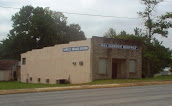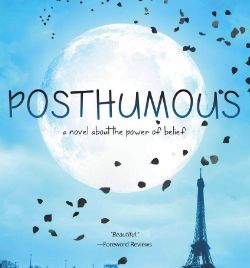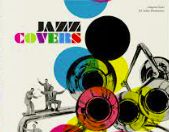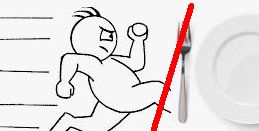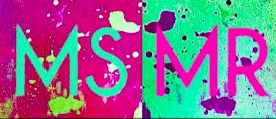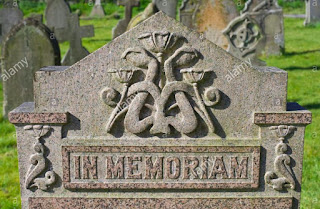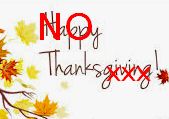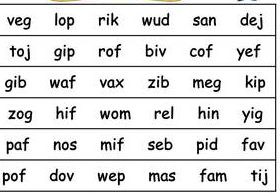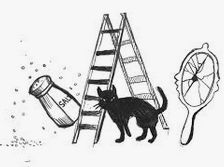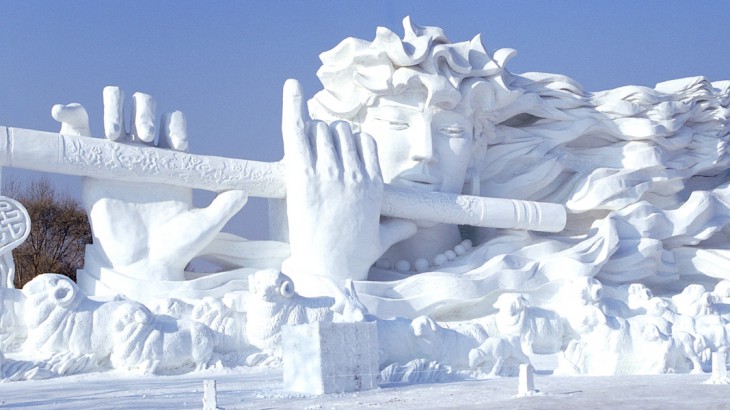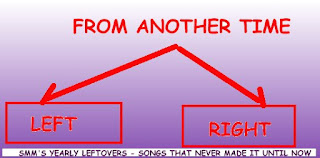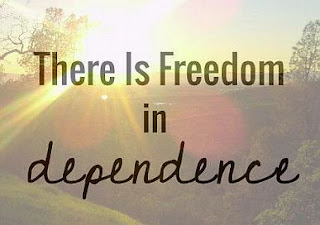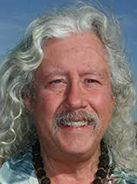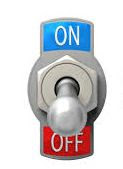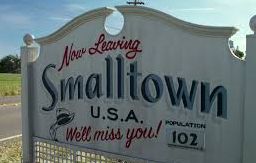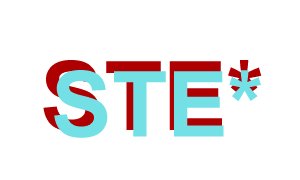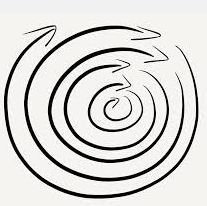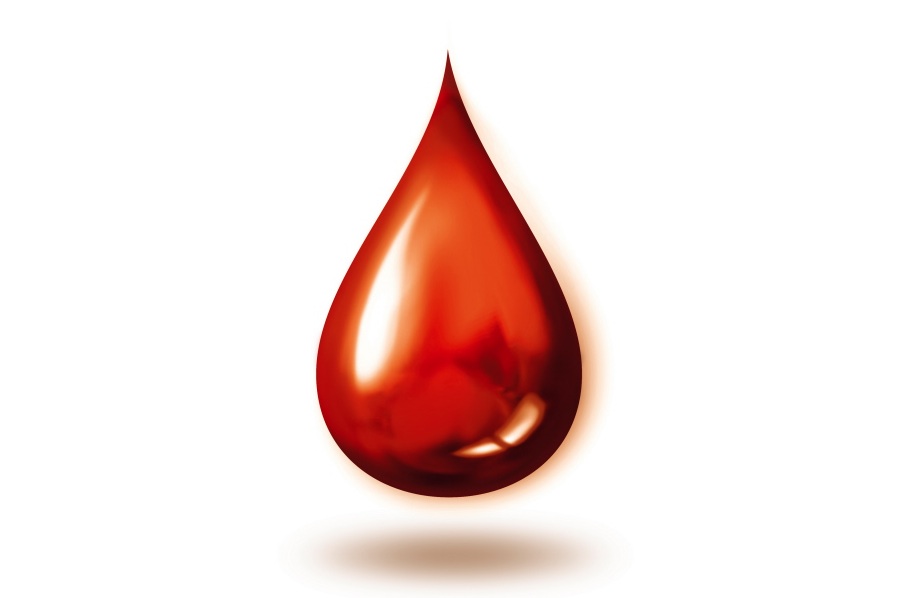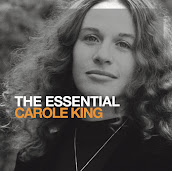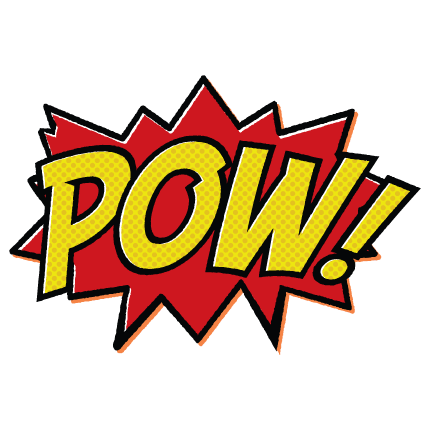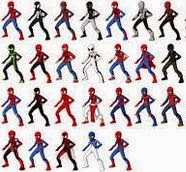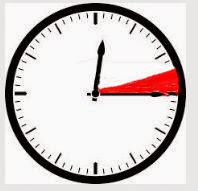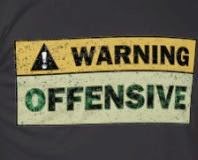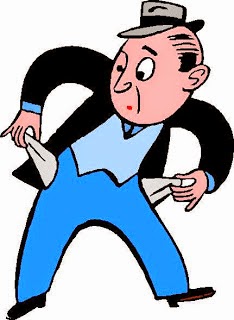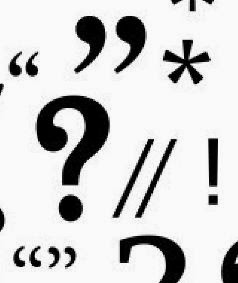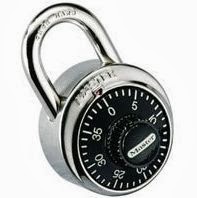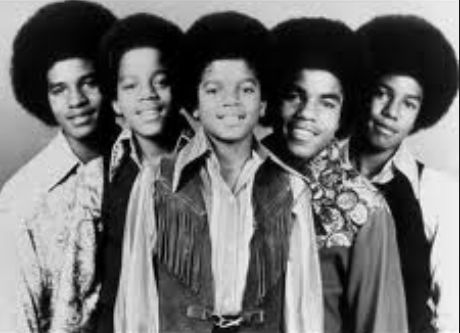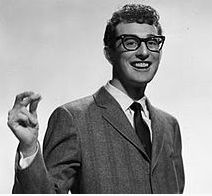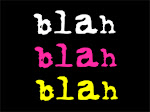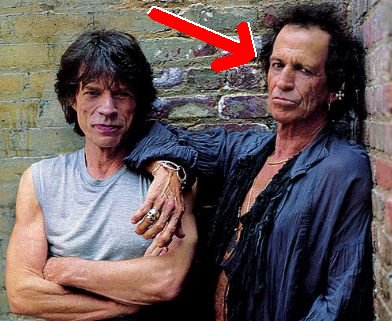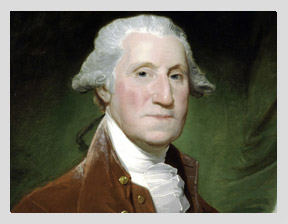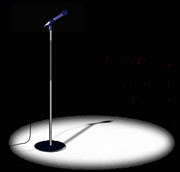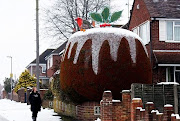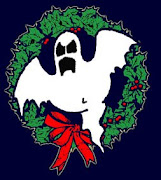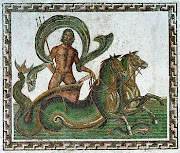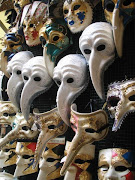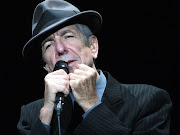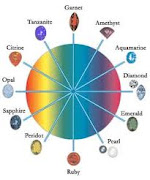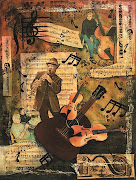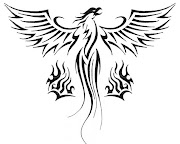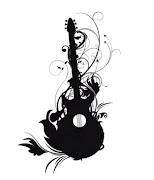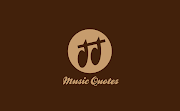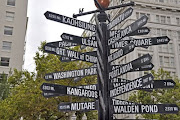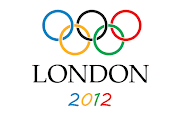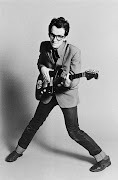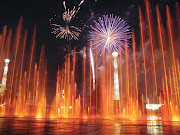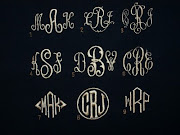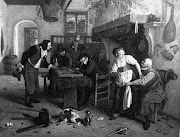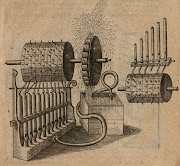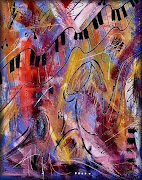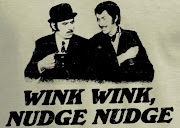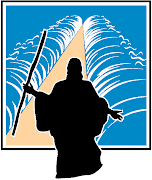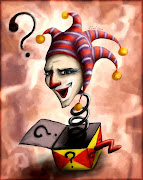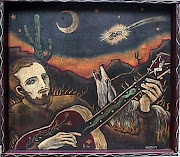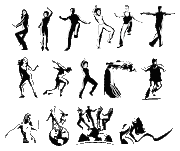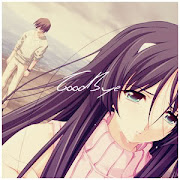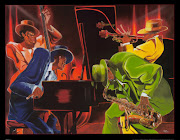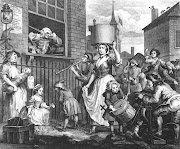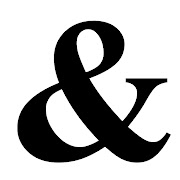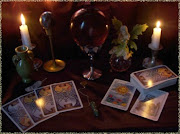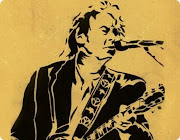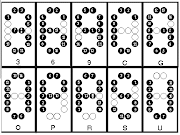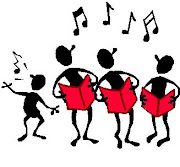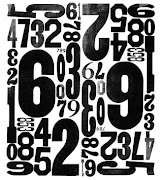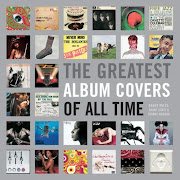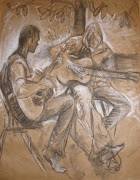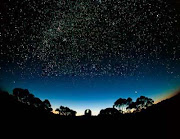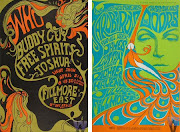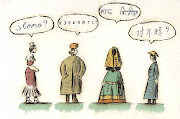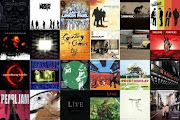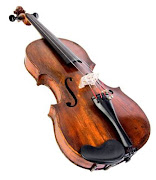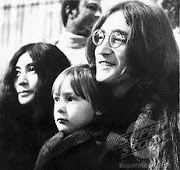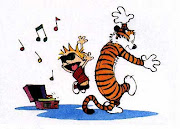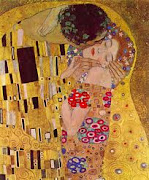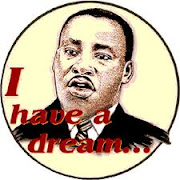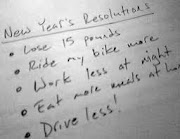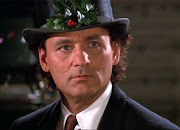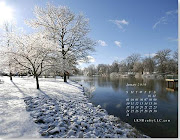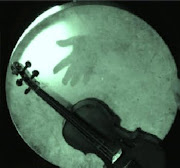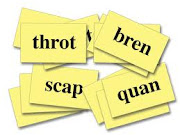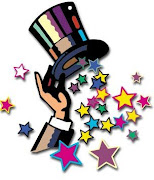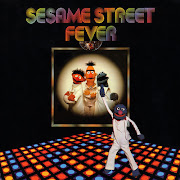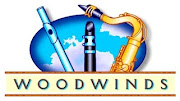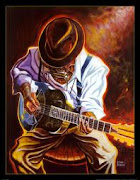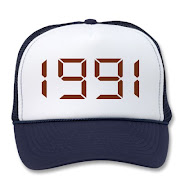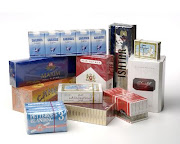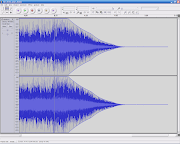purchase [Gil Scott Heron “Work for Peace”]
Gil Scott-Heron sang, rapped and read
poetry about history and history in the making. In the music industry, he was
history, literally for his groundbreaking work in the 70s and figuratively
because he disappeared for long spells.
Heron is most famous for “The Revolution
Will Not Be Televised”, a sardonic spoken word piece (with congos) that takes
shots at politics and media during the Nixon era (The Beverly Hillbillies, Green Acres, Jackie Onassis, Glen Campbell
among others). Written in 1970, it has been sampled by many artists including
Common, Kanye and Queen Latifah. Listen to Chuck D’s barking delivery and anything
by Michael Franti and you can guess they both spent a lot of time listening to
Heron.
After disappearing for at least a decade, in
1992, Gil Scott-Heron surprised the industry with the outstanding Spirits.
Fans of Heron might have expected something musically nostalgic or old-fashioned,
but Spirits was surprisingly in tune
with contemporary musical trends without at all putting Heron in uncomfortable,
insincere territory. Actually, Spirits
was beyond contemporary: it was visionary, looking back and forward lyrically
and musically.
Spirits was oddly distributed by TVT, an underground label which up to that
point in 1994 had mostly featured industrial artists such as Nine Inch Nails,
KMFDM and Gravity Kills.
On Spirits,
Heron is so sharp, funny and moving. He also seemed more at peace with himself
than before. It’s no secret he suffered through heavy drug abuse for many
years, and so for me it was stunning at how cognizant Spirits was of the modern musical world. As a college dj in 1994,
the only albums crossing my path, which were as important as Spirits, were Jeff Buckley’s Grace, Portishead’s Dummy and Pavement’s Slanted and Enchanted. Beck’s Mellow Gold also came out this year but
few would argue that it wasn’t a complete album.
On a few songs on Spirits, Heron experiments with hip-hop beats and synths and for
other tunes he just flows with live, jazzy accompaniment. The three-part “Other
Side” will leave you an emotional mess. It’s a sweeping live rearrangement and
expansion of his seminal 70s tune “Home is Where the Heartbreak Is.” In “Work for Peace” Heron breaks down the
endless relationship between “the military and the monetary”, going back to
take pot shots at President Eisenhower (“Back
when Eisenhower was president/golf courses were where most of his time was
spent”) and coming back to the present to muse over the confusion of the
war in the Gulf.
“The Military and the Monetary
from thousands of miles away in a Saudi
Arabian sanctuary,
had us all scrambling for our dictionaries,
cause we couldn’t understand the fuckin
vocabulary.
Yeah, there was some smart bombs,
But there was some dumb ones as well.”
Continuing what isn’t singing but isn’t
exactly spoken word either, Heron gives a one-line explanation for the history
of war: “The only thing wrong with
Peace/is that you can’t make any money from it.” For a naïve kid at
university looking for some sense, this line became canon.
As a dj at our radio station and director
of the concert committee at my university, I obsessed over bringing Heron in
concert, though I was sure that even with the best promotion (non-stop radio
airplay, spotlight articles and a forum on the content of his lyrics), we’d
probably get about 75-100 people to show up. Still, I skimped on several shows
early in the year to save up the money to the point where my advisor gave me a
Budget 101 lesson: “The point is to spend the school’s money so you get more
for next year. You’re making a profit! Get rid of it.” No problem. I was
working on it.
I think the initial quote was 1000 dollars
for spoken word and 4500 dollars for a concert with his live band. After a lot
of phone tag with his agent, we had basically come to an oral agreement (I
wondered if she wondered why this kid from Wisconsin was so fervent about
bringing Gil to a small university town). It was one of the few times I didn’t
negotiate the initial price. Another was when I booked Mudhoney for a measly
4000 dollars.
Of course the deal fell through and I
missed out on booking a legend and making history for my small university.
I heard little of Heron for the next 15
years. I had noticed he had played a few shows in Europe but I always came upon
these too late. Coachella brought him in for a 2010 (he was 61 at the time)
show which was shortly followed by his last studio album “I’m New Here”,
produced by Richard Russell and put out on XL Records, a label famous for rave
and electronica. Strange that it took an industrial label and then a techno label
to twice bring Heron back from the dead when a few high profile rappers have
pointed to Heron as the father of rap. (Even LCD Soundsystem references Heron
on “Losing My Edge”). “I’m New Here” is innovative and dark –sitting under the
turnpike homeless, lonely and strung out at 2am dark. “New York is Killing Me”
uses claps for rhythm; a dark industrial synth line fuels the frightening,
crackling “Me and the Devil”; Bill Callahan plays acoustic guitar on the sparse
and sobering title track. The album is also uneven and just needed more time.
Heron’s history is complicated and if not
for run-ins with the law, addiction and his dissolution with the recording
industry, we might have been treated to a richer evolution with more output in
between those 10 and 15-year gaps. In the meantime, Spirits has aged well, arguably more than anything he ever did.




































